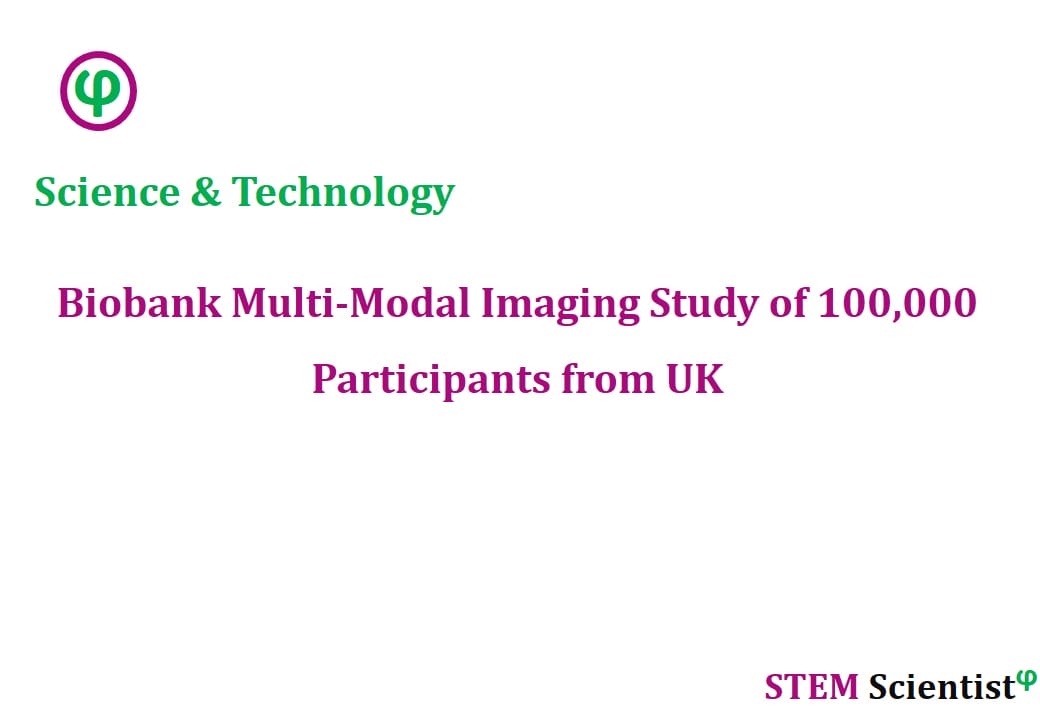
The following study was conducted by Scientists from Nuffield Department of Population Health, University of Oxford, Oxford, UK; Usher Institute of Population Health Sciences and Informatics, University of Edinburgh, Edinburgh, UK; Department of Clinical Radiology, New Royal Infirmary of Edinburgh, Edinburgh, UK; UK Biobank Coordinating Centre, Stockport, UK; Centre for Functional MRI of the Brain, Wellcome Centre for Integrative Neuroimaging, University of Oxford, Oxford, UK; Research Centre for Optimal Health, University of Westminster, London, UK; Birmingham Women’s and Children’s NHS Foundation Trust, Birmingham, UK; Department of Cardiovascular Sciences and Electrical Engineering, KU Leuven, Leuven, Belgium; CISTIB Centre for Computational Imaging and Simulation Technologies in Biomedicine, Schools of Computing and Medicine, University of Leeds, Leeds, UK; MRC Lifecourse Epidemiology Unit, University of Southampton, Southampton, UK; Radcliffe Department of Medicine, University of Oxford, Oxford, UK; William Harvey Research Institute, Queen Mary University of Medicine, London, UK; Department of Brain Sciences, Imperial College London and UK Dementia Research Institute, London, UK. Study is published in Nature Communications Journal as detailed below
Nature Communications; Volume 11, Article Number: 2624; (2020)
The UK Biobank Imaging Enhancement of 100,000 Participants: Rationale, Data Collection, Management and Future Directions
Abstract
UK Biobank is a population-based cohort of half a million participants aged 40–69 years recruited between 2006 and 2010. In 2014, UK Biobank started the world’s largest multi-modal imaging study, with the aim of re-inviting 100,000 participants to undergo brain, cardiac and abdominal magnetic resonance imaging, dual-energy X-ray absorptiometry and carotid ultrasound. The combination of large-scale multi-modal imaging with extensive phenotypic and genetic data offers an unprecedented resource for scientists to conduct health-related research. This article provides an in-depth overview of the imaging enhancement, including the data collected, how it is managed and processed, and future directions.
Source:
Nature Communications
URL: https://www.nature.com/articles/s41467-020-15948-9
Citation:
Littlejohns, T. J., J. Holliday, et al. (2020). “The UK Biobank imaging enhancement of 100,000 participants: rationale, data collection, management and future directions.” Nature Communications 11(1): 2624.


